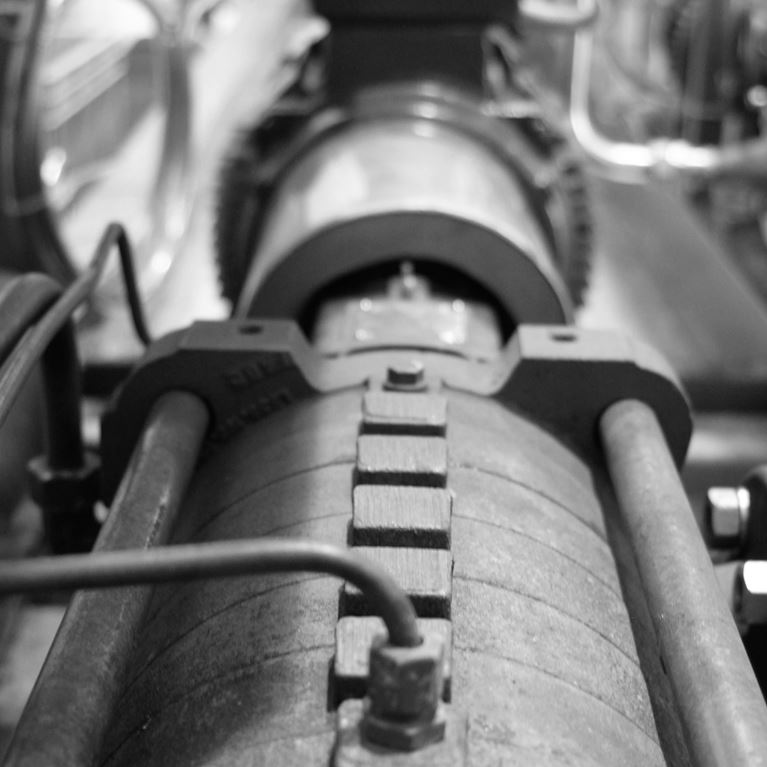Tracking Maximum Produced Water Treatment Efficiency
By using the turbulence constructively, Typhonix coalescing pumps have shown that it is possible to make a pump which enlarges oil droplets during pumping. Ph.D. Candidate and Research Scientist, Rune Husveg, has now taken a step further by developing control methods to automatically and continuously optimize the droplet growth, and thereby maximize the separation efficiency.12.09.2018
As fields are kept in operation for extended periods of time, and the portion of produced water increases, a holistic perspective is required to minimize the discharge of oil and other environmentally harmful substances. Not only treatment technologies should be included in this perspective but produced water management as a whole. As an example, continuous monitoring throughout the process plant can allow for performance optimization and identification of sub-optimal processing sections.
Through an industrial Ph.D. project, the potential of Typhonix coalescing pumps has been utilized by developing control methods to automatically and continuously adjust and optimize the operation of the pump based on real-time process measurements. By actively controlling the turbulence in the coalescing pump, the effluent droplet size distribution was shaped to maximize the downstream separation efficiency. In a pumped hydrocyclone application, it was demonstrated how the control method continuously tweaked the pump operation to minimize the volume fraction of droplets too small to be separated by the hydrocyclone, and thereby increased the treatment efficiency.
The project has been a part of Typhonix’ holistic approach to improve produced water treatment, where the aims are to reduce the emission of environmentally harmful substances and the need for production chemicals and heating. As demonstrated in this project, real-time monitoring can be used in active control strategies to optimize the performance of the process plant. Tracking strategies may be adopted by other droplet-size sensitive produced water treatment technologies, e.g., gravitational, enhanced gravitational, and flotation technologies, in addition to filter technologies. Also, applications not directly linked to produced water treatment may be considered, e.g., oil continuous flow applications and gas dehydration, and applications yet to be discovered.
